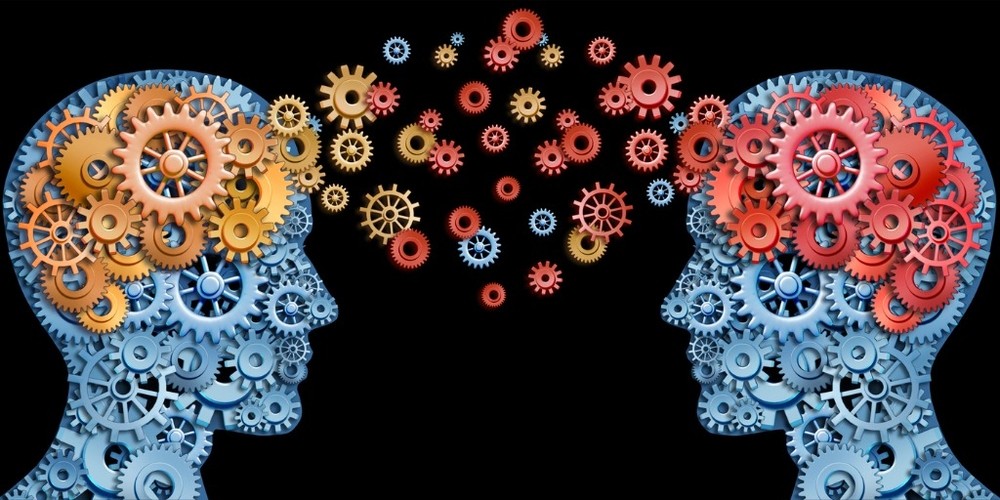
Transference and countertransference are central concepts in psychoanalysis. These mechanisms (usually unconscious) provide a lens through which the therapeutic relationship can be understood and utilized for growth. They are essential tools for exploring unconscious processes and facilitating emotional transformation. Working through them is the way to go in therapy.
Transference refers to the redirection of a patient’s feelings, desires, and expectations—rooted in earlier relationships—onto the therapist. It is a natural and inevitable occurrence in therapy, providing a window into the internal world of the patient. These projections often recreate past dynamics with caregivers or significant figures, enabling the therapist to observe in the here-and-now how these patterns operate in the patient’s life. The psychoanalyst approaches transference with curiosity and neutrality, refraining from premature interpretations. Instead, priority is given in creating a space where the analysand feels safe to express and explore these dynamics without fear of judgment or rejection.
Unlike classical psychoanalysis, which may emphasize in interpreting transference, modern psychoanalysis focuses on working within the transference. This involves helping the patient to tolerate and articulate difficult feelings as they arise in the therapeutic relationship. Spotnitz (1969) noted that the therapeutic relationship becomes a space where primitive feelings can be metabolized. The goal is not simply insight but emotional integration—supporting the patient in developing the capacity to experience feelings fully without resorting to defensive maneuvers.
Countertransference, on the other hand, involves the analyst’s emotional responses to the analysand, both conscious and unconscious. Freud considered countertransference an obstacle in therapy, that the analyst should avoid and “keep outside the room”. He saw it as a potential hindrance to objectivity. However, modern psychoanalysis considers countertransference as a rich source of information about the patient’s internal world. By examining their own reactions, therapists can gain insight into what the patient may be unconsciously communicating or recreating within the therapeutic relationship.
Self-awareness and emotional attunement are essential for navigating countertransference. Modern analysts emphasize the importance of therapists working through their own unresolved issues to minimize the risk of projecting their feelings onto the patient. However, even difficult countertransference reactions—such as frustration, attraction, or boredom—can be used constructively when recognized and thoughtfully explored.
Transference and countertransference are not static phenomena but dynamic processes that evolve over the course of treatment. The therapeutic relationship becomes a microcosm where old wounds, fears, and hopes are relived and reworked. When approached with courage and curiosity in their full emotional intensity, these dynamics create opportunities for profound healing and growth, fostering the patient’s capacity for self-awareness, emotional resilience, and authentic connection with others.
